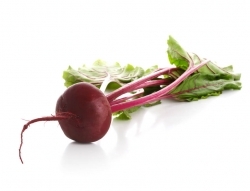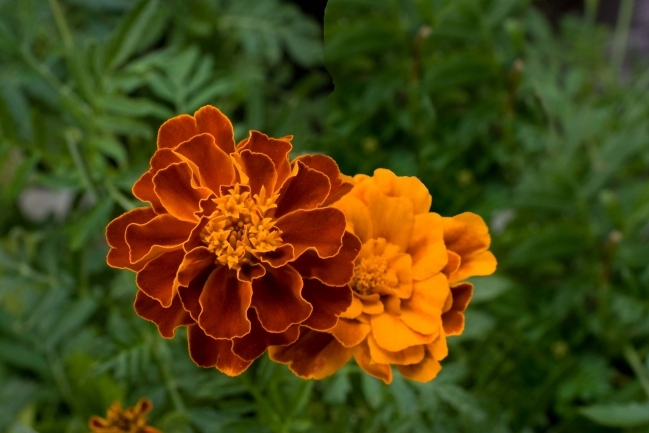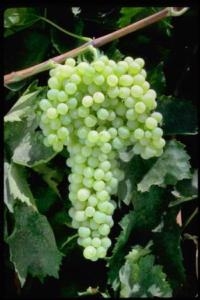By Billie Parish, Butte County Master Gardener, July 31, 2015
Each year, the U.S. throws away between 30% and 40% of the food produced for human consumption (over $162 billion worth). Roughly 20% of the total volume of waste sent to landfills is food. If you have tended a vegetable garden, then you are probably well aware of the amount of water, labor and money that is required to produce your food. And, while it is certainly commendable to compost your food and plant scraps, reducing the waste is even better.
All too often, vegetable plants are harvested for just one of their many plant parts- whether it be the leaves (e.g. lettuce), the roots (e.g. carrots), the flowers (e.g. broccoli), or the seeds (e.g. beans). But many plants have more than one edible plant part. Grape vines and beetroots are perhaps the best-known examples of such multi-use plants, as the leaves of both are useful edibles.
But grapes and beets are by no means the only crops with edible leaves. The leaves of both immature pumpkins and fava beans can be sautéed in place of any green; carrot tops can be substituted for parsley or made into a fresh-tasting pesto, and broccoli leaves can be roasted like kale chips. Even okra leaves have something to offer, acting as a thickener when added to soups and stews.

Another useful peel, the citrus rind, offers endless possibilities in the flavoring of foods. Use citrus rinds to infuse teas, oils, and liqueurs for extra zest; or dehydrate them and then infuse salt with their citrus flavor.

Both the leaves and flowers of nasturtiums add a peppery punch to any dish, but perhaps the most impressive use of the nasturtium is the pickling of young seeds in order to make “poor man's capers.”
The seeds of many plants can be useful as well. Instead of ripping out your celery after it has bolted, allow it to flower and collect the dried seed, which can be used medicinally or culinarily. The same can be done with cilantro – its seeds are known as coriander. Not only are the leaves and seeds of cilantro edible, but the roots also pack plenty of flavor, and are often used in Asian cooking. With the right preparation, such as leaching or boiling away the poisonous tannins, acorns can be turned into a substitute for flour.
While many plants have multiple edible parts, do keep in mind that not every part of every plant is edible. Always consult a reliable source before eating anything unknown. And remember, when life gives you lemons… don't throw away the peel!
